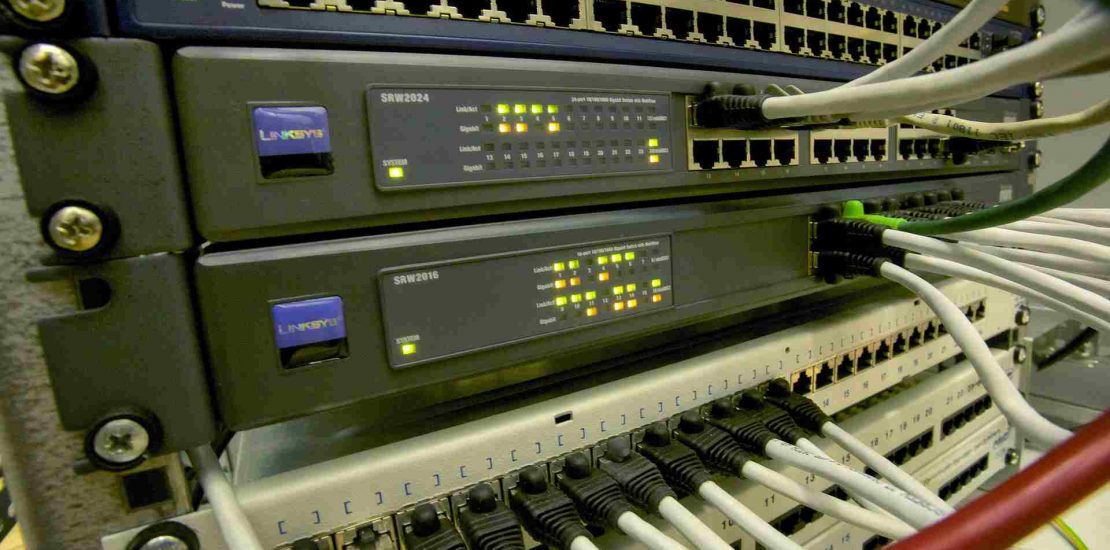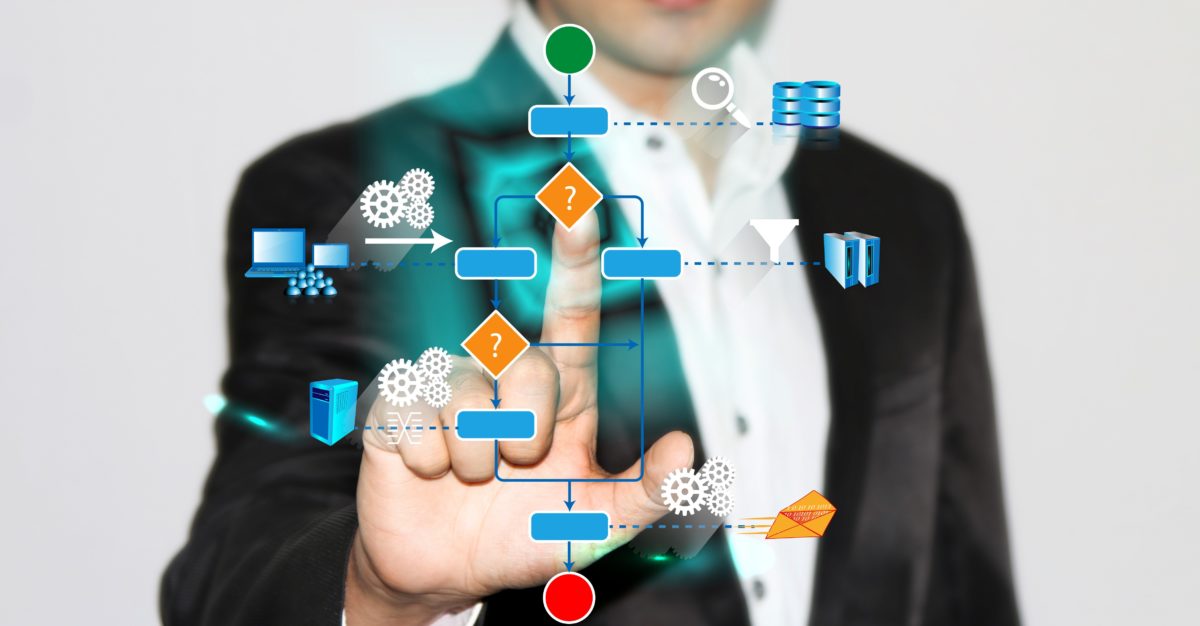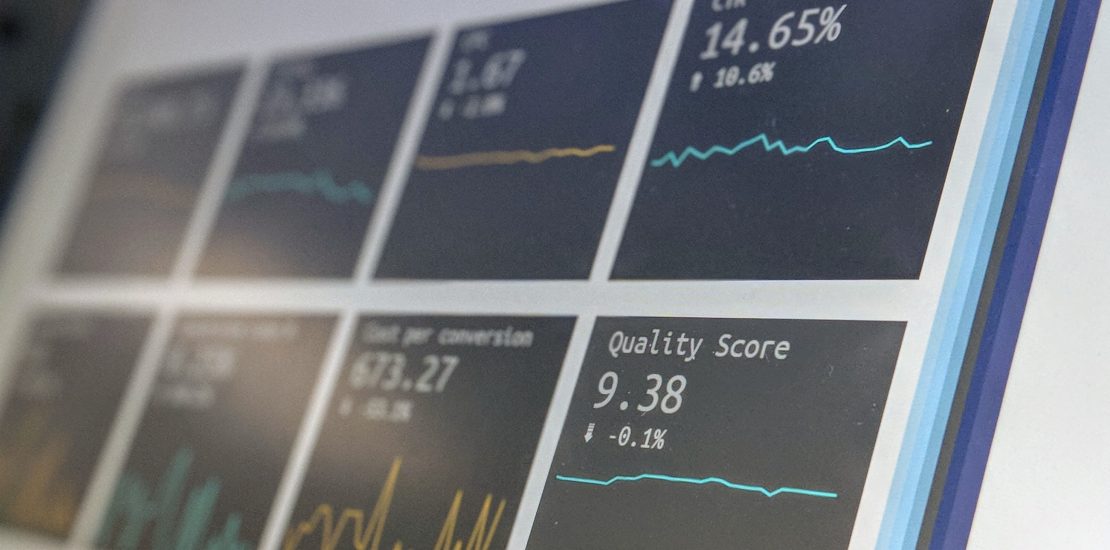Thought Leadership
Robotic Process Automation: Cloud VS On-Premises
August 10, 2021


How does cloud RPA differ from an on-premise solution? Cloud service is all about considering the use of robotics strategically and making choices about what is left undone.
what are the key benefits of using cloud rpa?
Cloud RPA makes it possible for businesses to start using the technology and seeing the results within days. Utilising pre-built and optimised cloud services are easier and faster than using an on-premise solution. When a client starts using a cloud service, the robots are immediately ready to operate in a pre-built network segment. Automation in the cloud can be further accelerated through the utilisation of process and component libraries, in-built into our solution, which cuts the development cost of a single automated process by as much as 50%. The libraries are full of ready-made automation components – parts of previously automated processes can be re-utilised to automate new objects. Along with cost savings, re-utilising automation objects ensures excellent process maintainability, consistent quality of automations, and efficient change management.
does cloud service allow flexibility when volumes change?
New software robots can be deployed flexibly when needed and the customer doesn’t need to invest upfront in oversized RPA. Because the need for robotics increases often gradually, cloud service is more cost-efficient than buying high-capacity software licenses and training employees to become RPA-experts.
how well does a business need to understand rpa when deploying a cloud service?
Cloud users should have basic knowledge of RPA before introducing the robots to avoid running into problems. In the long run, having some knowledge of RPA is also important to be able to internally identify more processes suitable for the technology. Understanding the possibilities and restrictions of RPA enables organisations to tap into larger, strategic benefits. However, the technical delivery of the solution can be left to a service provider.
what is the competitive edge of cloud rpa?
Replicability and scalability of cloud-based RPA service produce competitiveness. RPA has an important role in decreasing operations costs. We host our cloud services on a 24/7 supported environment, which ensures the continuity of service and quick response times around the clock. Providing this kind of technical environment on-premise would be extremely expensive for any organisation. This is why most organisations have outsourced their IT environments to partners.
how can companies tap into the large-scale benefits of rpa?
Companies can get the most out of robotics by knowing what to automate. To tap into large-scale benefits, they should first understand what tasks should be automated, where the technology can be utilised, and what are the potential savings. Everything else can be copied, except the company’s way of doing things. Therefore, you should know what is the core of your business and work out ways to minimise the cost of everything else.
Robotics provides a tool to do things more efficiently. Most business areas are operational or tactical – not strategic, in which case robotics can be used to reduce cost. Enabling businesses to invest in more important tasks. With the help of robotics, the tasks are done quickly and effectively.
how safe is a cloud service?
A robot is often safer than a human. However, sometimes business guidelines are not familiar with robotic process automation, which may raise fears about security. Robots are connected to the customer’s own AD, and the client determines the access rights and scope.
The things to consider regarding the security of RPA are:
- How are the robots managed?
- How are the processes automated?
- How are robots maintained and improved?
Robots usually get minimum access rights and only the required ability to read or write specific things relating to the process. When a robot is delivered from a cloud, it cannot be reached from outside. However, the performance and functionality of the robot can be monitored, for example, from a mobile device. We have a user-friendly RPA Management-tool that makes it possible to manage and monitor the robots whenever and wherever.
How does RPA relate to other technologies?
We advocate for robotics to be considered as a part of a greater ecosystem – RPA is an important operational tool for today’s companies but it can be best utilised as a part of a larger technology toolset. For companies considering a cloud-based RPA service, it is important to think about the use of RPA strategically – what is central to your business and what tools can help you focus on your core business?




